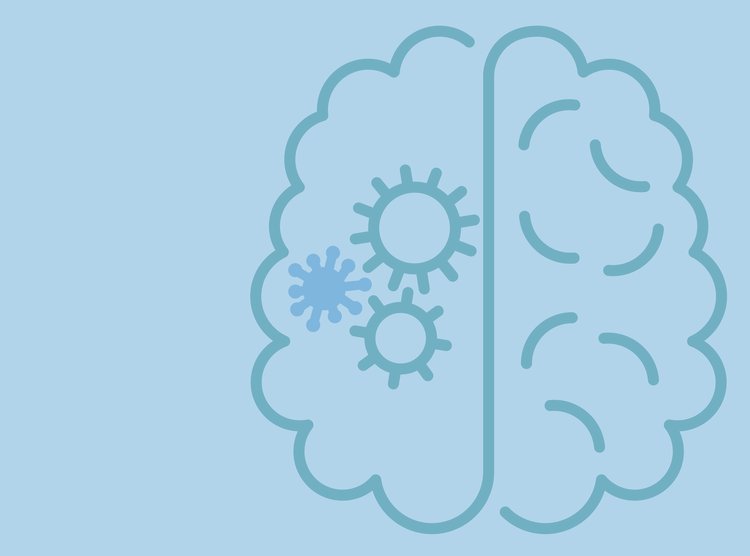Understanding Alzheimer’s Disease and Dementia
According to the Alzheimer’s Foundation of America, Alzheimer’s disease is a progressive, degenerative disorder that attacks the brain’s nerve cells (neurons), resulting in loss of memory, cognitive and language skills, and behavioral changes. These neurons produce the neurotransmitter (brain chemical), acetylcholin, and break connections with other neurons and ultimately die. Two types of abnormal lesions clog the brains of individuals with Alzheimer’s disease: Beta-amyloid plaque (clumps of protein fragments and cellular material that form outside and around neurons) and neurofibrillary tangles (twisted fibers composed largely of the proteins that build up inside nerve cells). Alzheimer’s disease is the most common cause of dementia (loss of intellectual function), among people aged 65 and older. Alzheimer’s disease is not a normal part of aging.
Dementia is a general term that describes a group of symptoms such as loss of memory, judgment, language, and complex motor skills, caused by the permanent damage or death of neurons in the brain. Alzheimer’s disease is the most common cause of dementia in persons over the age of 65. The other most common causes of dementia are vascular dementia (caused by stroke or blockage of blood supply), and dementia with Lewy bodies (abnormal groups of proteins that form inside nerve cells). Other types include alcohol dementia (caused by sustained use of alcohol), trauma dementia (caused by head injury), and a rare form of dementia, frontotemporal dementia.
While the definitive cause of Alzheimer’s is not known, scientists believe Alzheimer’s disease results from a combination of genetic, lifestyle, and environmental factors that affect the brain over time. Research has shown that those who have a parent or sibling with Alzheimer’s are more likely to develop the disease. The risk increases if more than one family member has the illness. Genetics also play a part in the development of Alzheimer’s and there are two groups of genes that influence this, risk genes and deterministic genes, both of which can be analyzed through genetic testing. Studies have also linked environmental factors to Alzheimer’s such as aluminum and heavy metal accumulation in the body/brain, diets high in processed grains and sugar, and vitamin D deficiency.
Priority Tests
- TOXDetect Profile®
- Glyphosate
- Organic Acids Test
- Metals – Toxic + Nutrient Elements – Hair Test
- Copper + Zinc Profile
- Advanced Cholesterol Profile




